SK No. 225/E/KPT/2023
DIRECTORY OPEN ACCESS JOURNAL
The Journal of Applied Veterinary Medicine (JAVEST) focuses on applied veterinary science and technology. This journal has scopes such as
1. Animal Nutrition,
2. Applied Veterinary Reproduction,
3. Veterinary Basic Medical Science,
4. Veterinary Diseases,
5. Veterinary Public Health,
6. Veterinary Clinic.
7. Applied Veterinary Technology
All manuscripts submitted to this journal (Journal of Applied Veterinary Science and Technology) must follow the Focus, Scope, and Author Guidelines of this journal. The submitted manuscript to this journal can be written in Indonesian or English. The work must not have been published or submitted for publication elsewhere.
All submitted manuscripts must be free from plagiarism contents. All authors are suggested to use plagiarism detection software (Turnitin) to do the similarity checking. Editors will also check the similarity of manuscripts in this journal by using Turnitin software.
The submitted manuscripts to this journal will be peer-reviewed by at least 2 (two) or more expert reviewers from Peer-Reviewers Team. The reviewers give scientific valuable comments improving the contents of the manuscript. The review process used in this journal is a double anonymous peer-review, which means that both the reviewer and author identities are concealed from the reviewers, and vice versa, throughout the review process, 4 to 5 weeks will be needed for reviewers to complete one round of the reviewing process. The article review process usually takes an average of 14 weeks. This review period depends on the editors and reviewer's duration in reviewing the manuscript
The editor or editorial board considers the feedback provided by the peer reviewers and arrives at a decision. The following are the most common decisions:
1. Accept without any changes (acceptance): the journal will publish the paper in its original form
2. Accept with minor revisions (acceptance): the journal will publish the paper and asks the author to make small corrections
3. Accept after major revisions (conditional acceptance ): the journal will publish the paper provided the authors make the changes suggested by the reviewers and/or editors
4. Revise and resubmit (conditional rejection): the journal is willing to reconsider the paper in another round of decision making after the authors make major changes
5. Reject the paper (outright rejection): the journal will not publish the paper or reconsider it even if the authors make major revisions
Journal of Applied Veterinary Science and Technology (JAVEST) publish with a frequency of 2 (two) times a year in April and October.
This is an Open Acces Journal which means that all content is freely available without charge to the user institution. This journal provides immediate open access to its content on the principle that making research freely available to the public supports a greater global exchange of knowledge.
Every article submitted to the Journal of Applied Veterinary Science and Technology does not charge any 'Submission and 'Article Processing Fees' (FREE). This includes peer-reviewing, editing, publishing, maintaining, archiving, and allowing immediate access to the full-text versions of the article.
a. Article Submission Fee : IDR 0 / USD 0
No charge for manuscript submission
b. Article Processing Charge: IDR 0 / USD 0
No charge for article processing charge
To avoid plagiarism, all submissions are screened using TURNITIN before undergoing the review process. The manuscript was passed if the similarity is less than 20%. This journal cannot accept any plagiarism in any manuscript, or it will be rejected immediately.
Plagiarism-free works should match these requirements:
1. Writing by quoting the writings of others (by quoting indirectly) that has been well paraphrased, by making one's own words instead of performing copy and paste or type the original source word-by-word, and write down the reading sources according to the rules of scientific writing.
2. Writing with a direct quotation, by quoting the exact same words as the original writings should apply quotation marks (for writing that less than 40 words), or if the quote consists of over 40 words, the paragraphs should be notched and apply different font size.
3. Mentioning the original source of other people's ideas that are being used, whether from published or unpublished writing, both from an oral or written source, in any form of media
This journal was sponsored by Faculty of Vocational Studies, Universitas Airlangga
Initiation to establish this journal in 2019 by Program Study of Veterinary Paramedic Department of Health, Faculty of Vocational Studies, and Indonesian Veterinary Paramedic Association
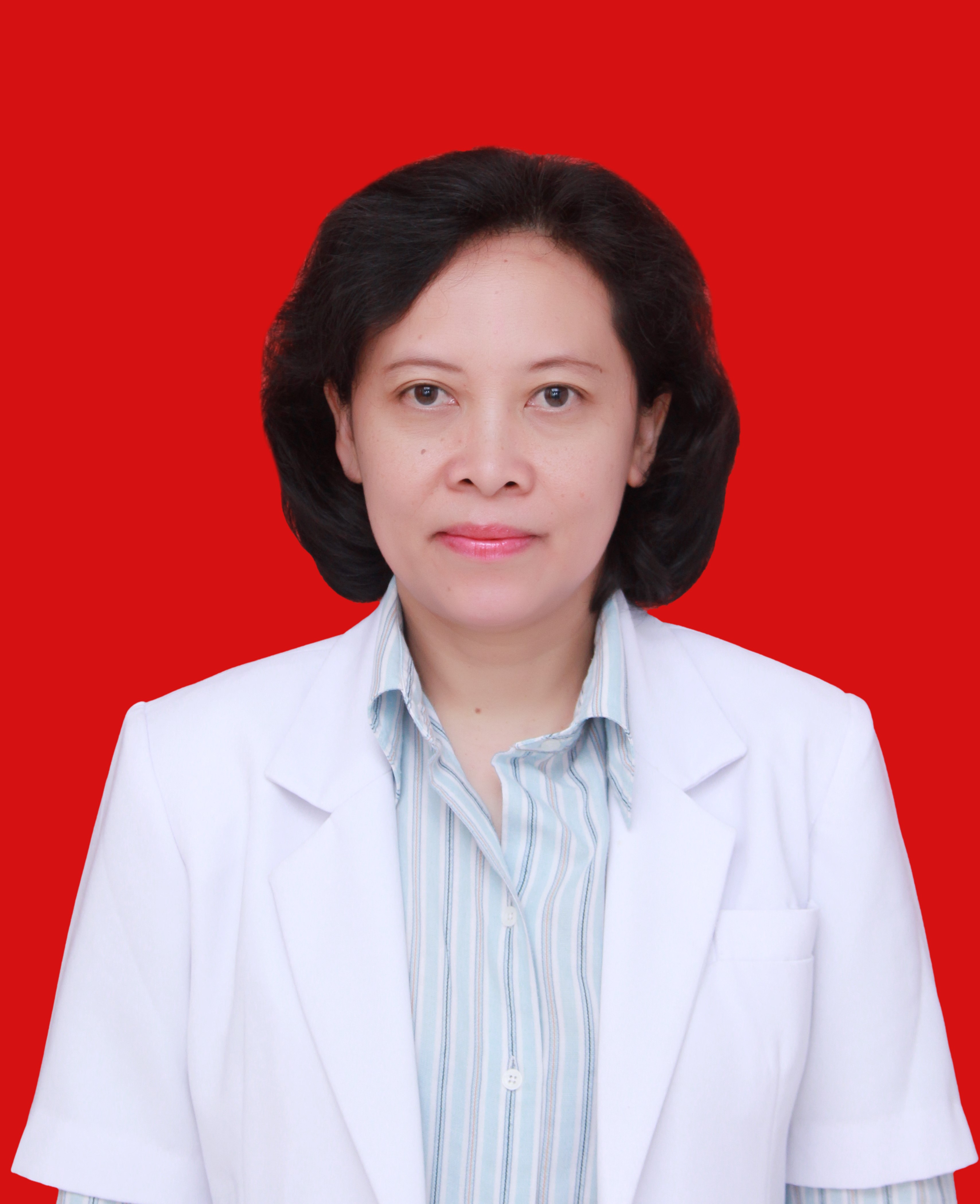



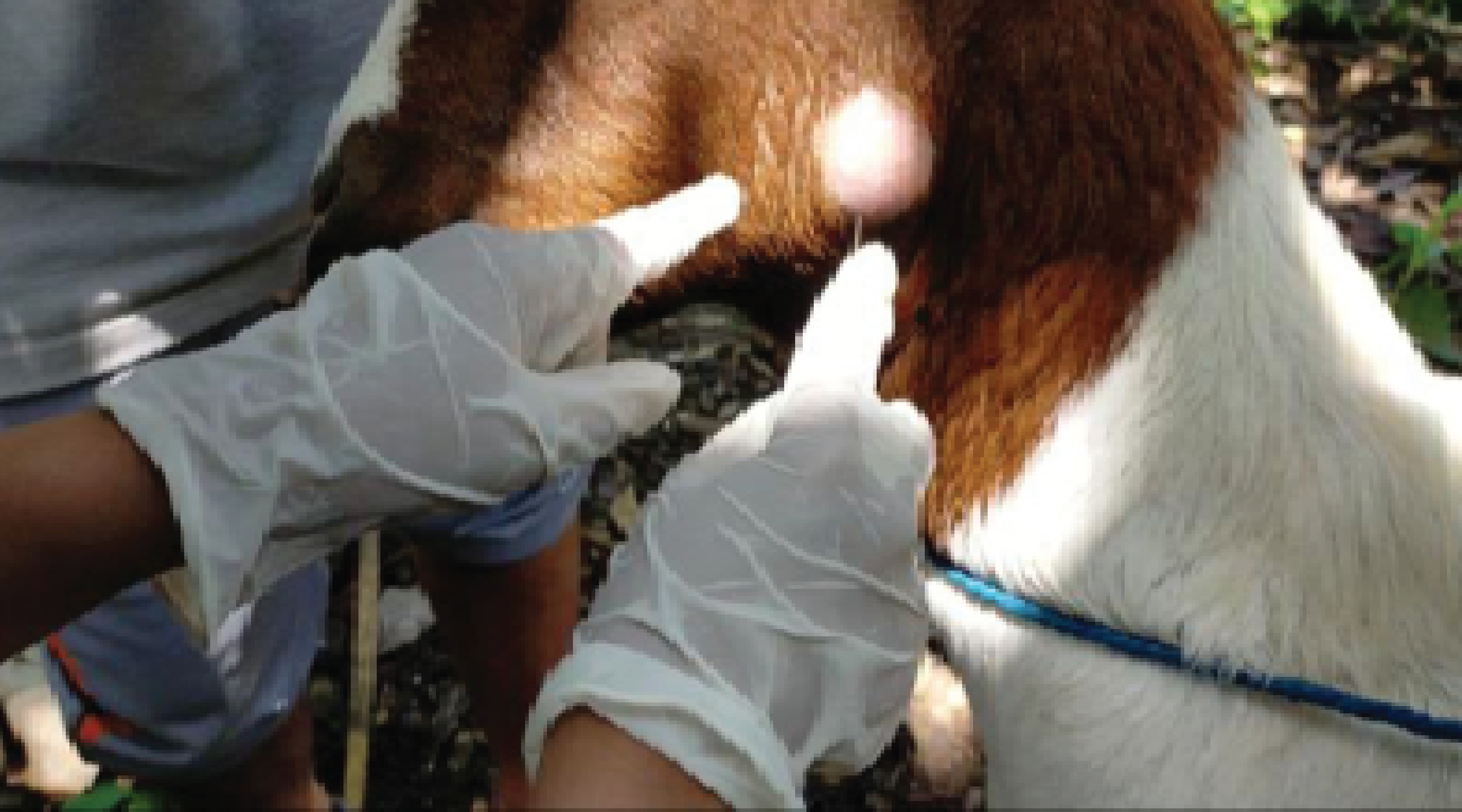
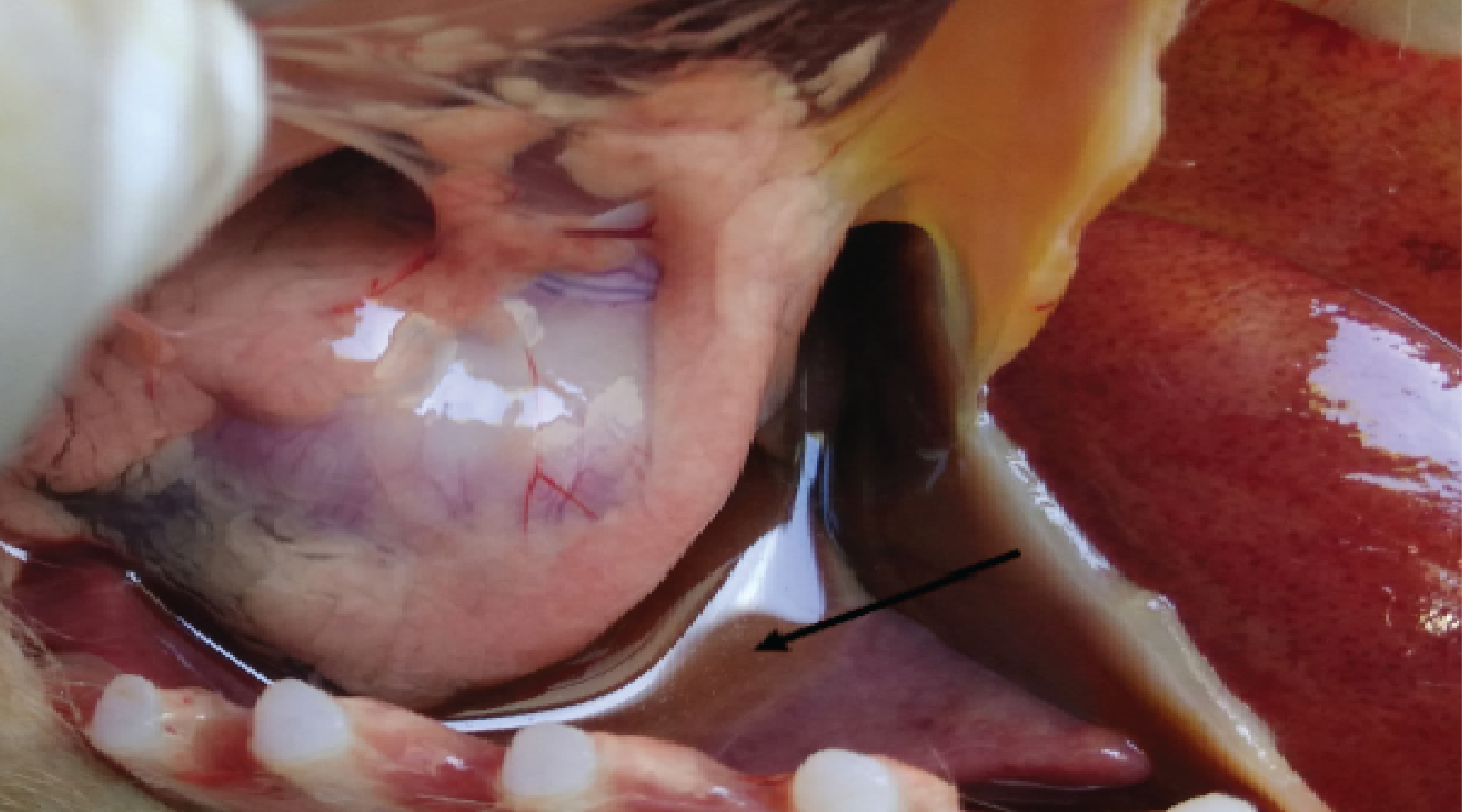
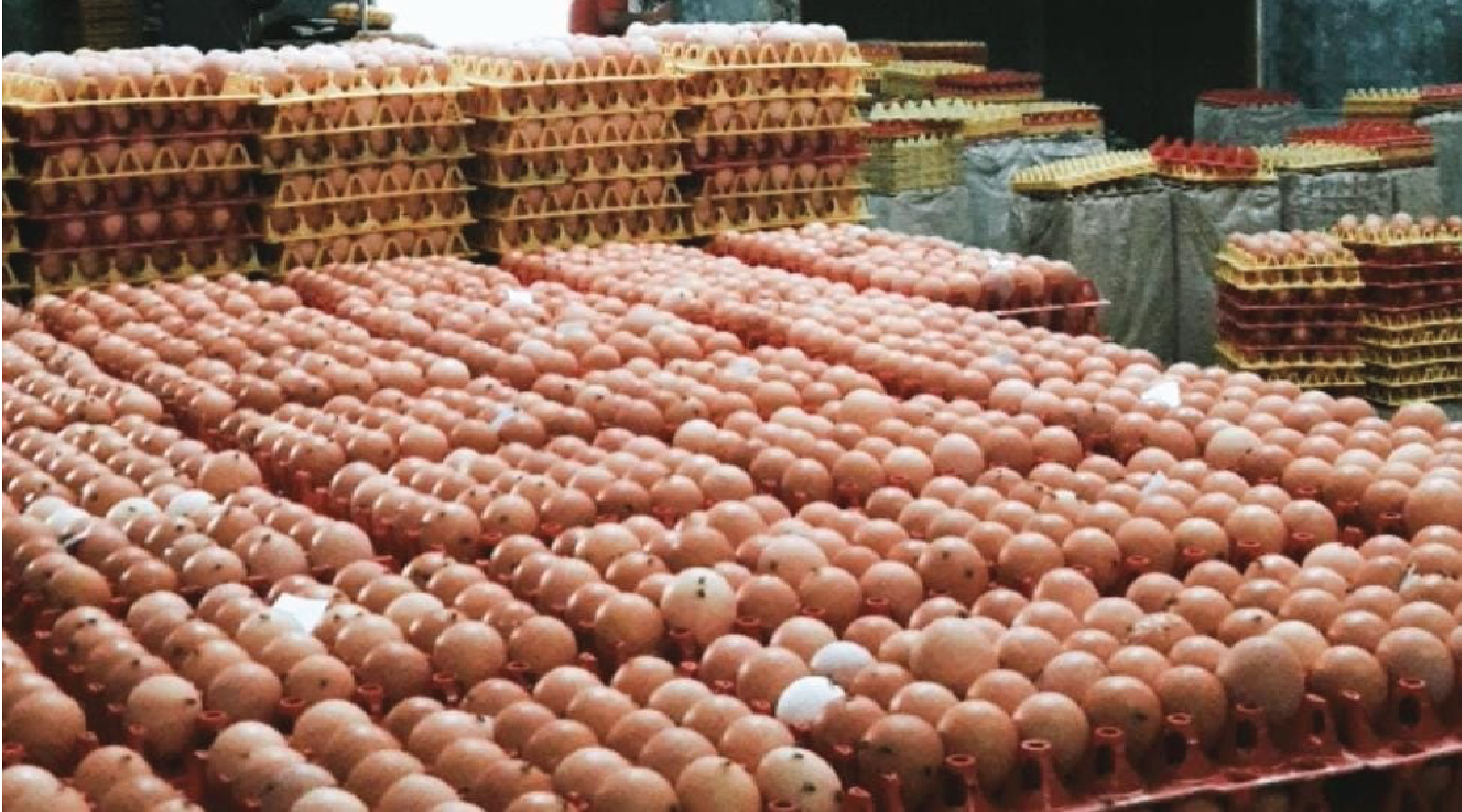
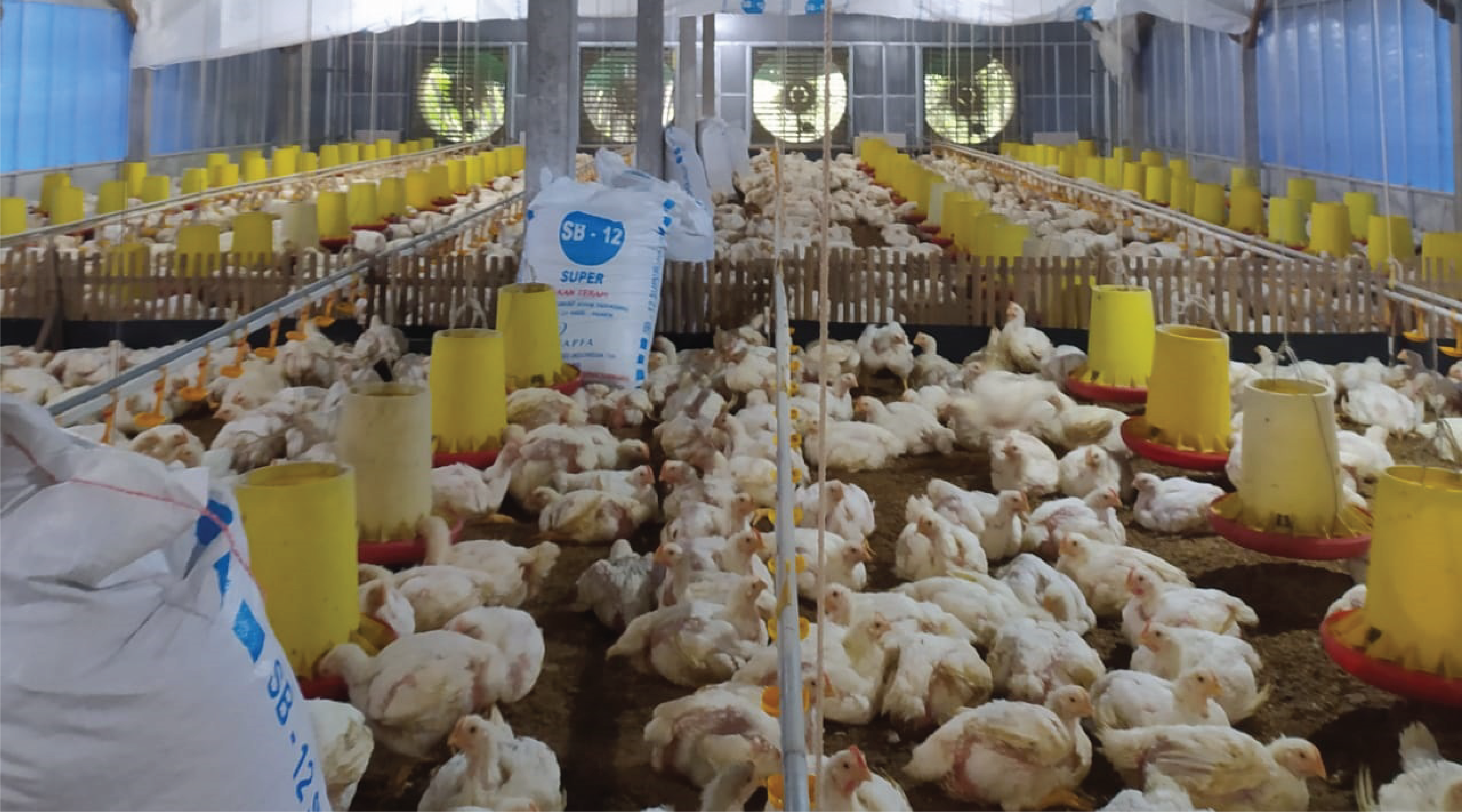




Redaksi Jurnal Departemen Kesehatan, Fakultas Vokasi Gedung C, Universitas Airlangga
Jl. Dharmawangsa Dalam No. 28-30, Surabaya 60286

Call for Paper to be Published in Vol. 6, Issue 2, October 2025 Call for Paper to be Published in Vol. 6, Issue 2, October 2025 Call for Paper to be Published in Vol. 6, Issue 2, October 2025 Call for Paper to be Published in Vol. 6, Issue 2, October 2025 Call for Paper to be Published in Vol. 6, Issue 2, October 2025 Call for Paper to be Published in Vol. 6, Issue 2, October 2025 Call for Paper to be Published in Vol. 6, Issue 2, October 2025 Call for Paper to be Published in Vol. 6, Issue 2, October 2025 Call for Paper to be Published in Vol. 6, Issue 2, October 2025 Call for Paper to be Published in Vol. 6, Issue 2, October 2025
